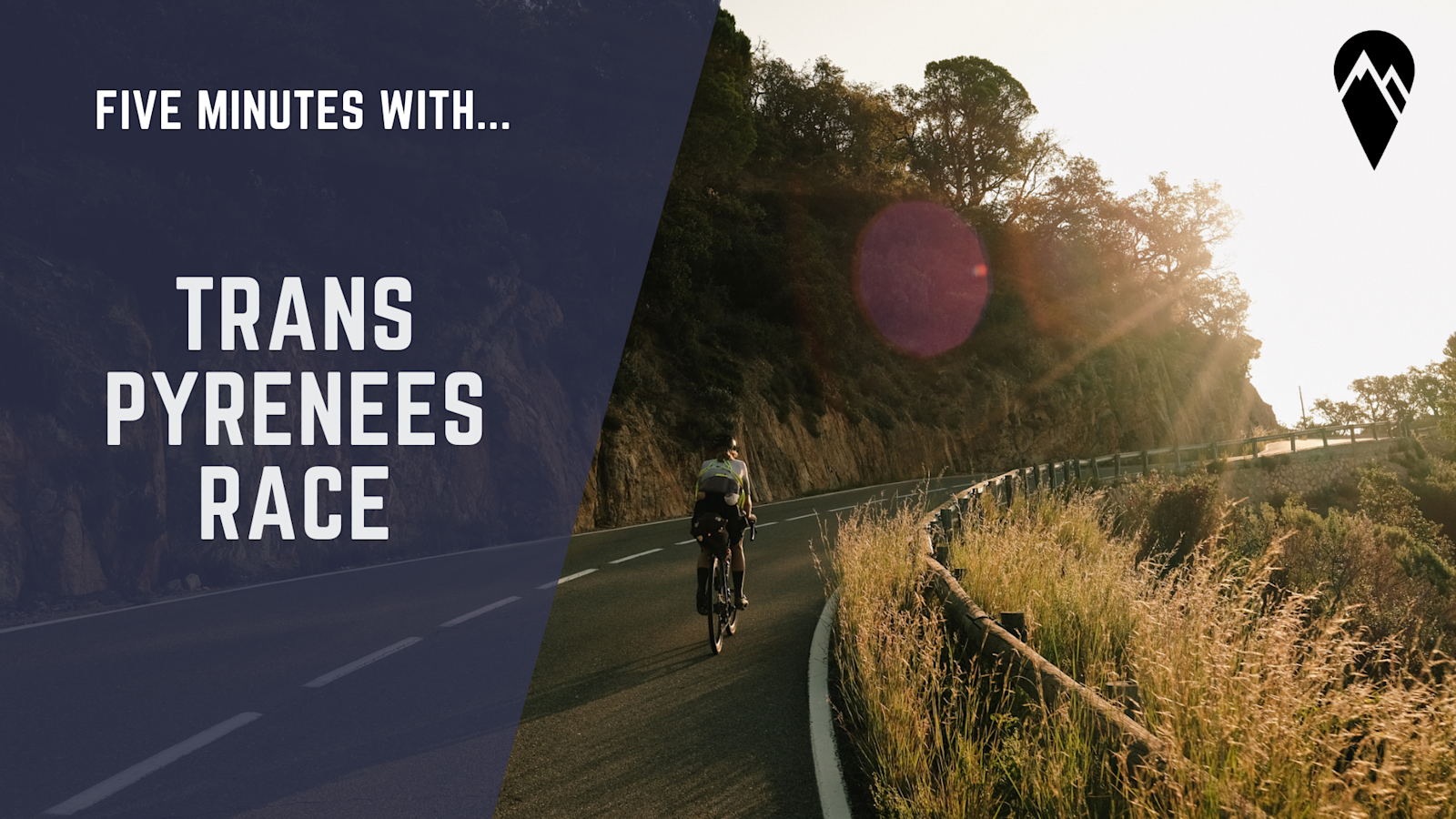DotWatcher.cc
Ahead of this year's fourth edition of the Trans Pyrenees Race, we sat down with the team at Lost Dot to explore how this year's TPR sticks to the Race's heritage of a double traverse of the Pyrenees but with a few twists along the way.
Never ones to rest on their laurels, Lost Dot's 2024 looks more exciting than ever with a new fixed-route off-road race in the Balkans, The Accursed Race, which will be a no-fly event. Additionally, this year marks the tenth edition of the iconic Transcontinental Race which, while returning to some familiar places from the early editions, will also take riders on new roads and gravel. You can read more about these events in .
TPR will always be one for the grimpeurs; it is, after all, a double traverse of a mountain range along a mix of free route and parcours. Read on to discover how this year’s TPR bucks a few trends and will offer something new to rookies and veterans alike.
1. The Race has long been inspired by the pioneering riders who paved the way over the Pyrénéen cols, but this year it sees a few changes, including a new start location and route direction. Could you talk us through these changes and how you foresee they will affect the Race compared to previous editions?
The first three editions have all started in south west France and it only felt right to mix things up and have a start in Spain, given that it plays a significant role in the Race every year. The TPR is known for the exciting stories that emerge throughout the Race, down in no small part to the choices that riders have to make between taking long tarmac detours or shorter routes over rougher terrain. We are always on the lookout for really exciting locations to test and delight our riders, and some of these only make sense if the start location changes. We are committed to the idea of going from one coast to the other and back again, and are thankfully blessed with the different ways we can do this!
2. TPR is unique in its use of standalone parcours and Control Points, as well as parcours of widely varying lengths, namely Parcours 5 which almost spans the entire Pyrenees! How does this mix of free and fixed route impact the rider’s experience both before and during the race?
With TPR, we always want to provide riders with decisions to make. Unlike on TCR, we don’t mandate any gravel, but we heavily incentivise it, offering riders the opportunity to save distance and elevation if they’re willing to tackle some rough stuff. The shorter sections of parcours often deliver riders to these decision points - then the fun begins! Equally, there are sometimes sections of road that are just so beautifully hard that we have to take them there - for instance the Col d’Irau on TPRNo3 start parcours, or the parcours along Jaizkibel on the Basque coast that is included in this year’s edition. The return parcours, which this year is extended to over 700km, is based on Le Raid Pyrénéen Randonneur, created in 1950 by the Cyclo Club Béarnais, climbing some of the most famous mountains in the Pyrenees including Cols of the Aubisque, Tourmalet and Aspin, just to name a few. The 30 successive Cols mean that there is no avoiding a true taste of all the challenges the Pyrenees have to offer.
You can learn more about this year's route .
3. The soft but rugged imagery of TPR starkly stands alone from its older sibling of the Transcontinental’s iconic visuals. Can you describe why and how it developed its own style? And why was that important?
The TPR definitely has its own distinct identity. We want the visual representation of the Race to really reflect the places that it passes through. So that’s everything from the lovely soft light that characterises the start and end of every day, to the beautiful crocus’ that are in bloom at the time of the Race, and the rougher textures of the ancient cave drawings and maps of the region. With it being a Race that takes part in a specific area, unlike TCR which traverses an entire continent, we’ve had the chance to build out a sense of what the region is really like in the way we showcase the rider experience. While the spirit of the TCR and TPR are the same, the Races are very different, and it feels important to reflect that.
4. While we have you here! We thoroughly enjoyed Taylor Doyle talking to bursary recipient Han Lu about her experience on TCRNo9 on your new Women Who Race podcast. What can we look forward to hearing in the upcoming episodes?
We’ve got a really exciting calendar for the podcast over the next few months. Next up we have a ‘bumper’ episode with 3 riders (Gail Brown, Cara Dixon and Katie Moss) which will be coming out next week. Hot on the heels of that, we have an episode with Molly Weaver, who was second woman home at TPRNo3 last year and is set to race TCRNo10 this year, to look forward to. No more spoilers for now, though - you’ll have to tune in to find out who is next!
This year's Trans Pyrenees Race will start on September 27th from its new start location of Girona, Spain. Applications for this year's TPR are open until February 29th. If this event takes your fancy, then you can find out more and .
If you would like to see more about the event and its imagery, Lost Dot recently released the film from TPRNo3 in 2023 and you can watch it here:
All photo credits to and

